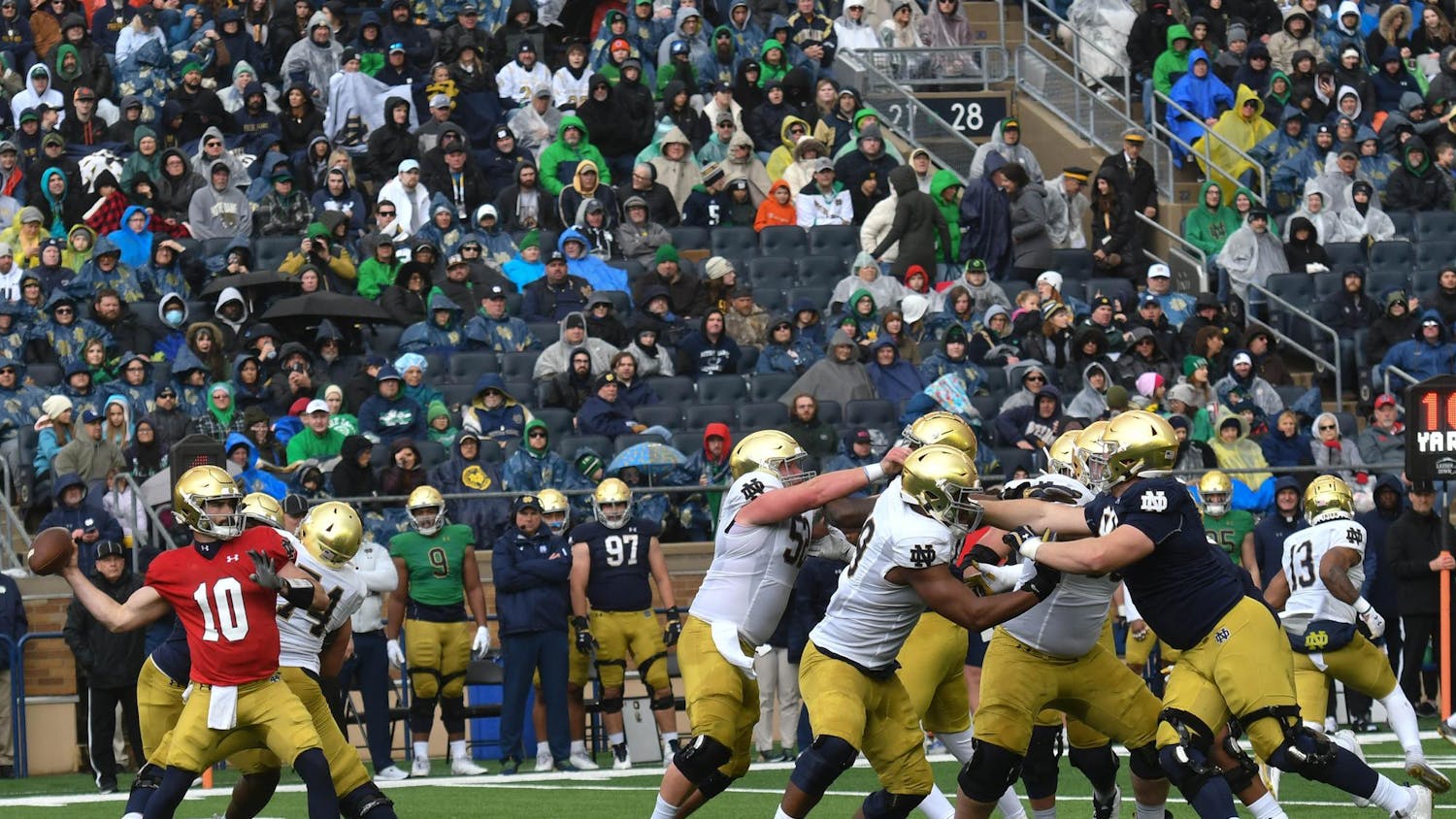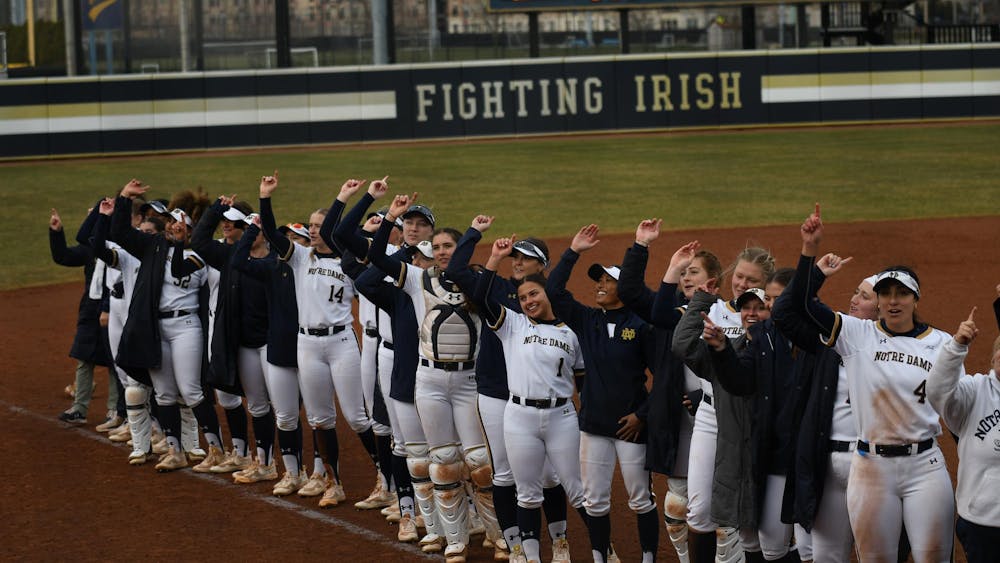Late in the first half of its 34-27 home loss to No. 1 Ohio State on Saturday, Indiana was driving with a chance to extend a 10-6 lead.
On fourth-and-1 from midfield, Hoosiers head coach Kevin Wilson “rolled the dice,” and went for it, picking up the first down on a three-yard rush.
Four plays later, Indiana faced another fourth down, this time with two yards to go from the Ohio State 39-yard line.
And Wilson opted to punt.
Why? What’s the point of going for it the first time if you’re not going to on the second?
So, because I’m a statistics nerd, we’re going to talk about math today — and how teams often don’t play to the odds on fourth down.
Conventional football wisdom has always dictated teams concede possession when they hit fourth down. Either they’ll try a field goal if in range or punt the ball away if not. But what if conventional wisdom isn’t wise here?
Punting the ball is what we’d generally consider the safe call in almost any situation; By backing up the opponent deep into its own territory, the punting team has minimized the chance it will give up points on the next drive. It makes a certain level of sense — going for it and failing on fourth down puts a team in its least-advantageous situation, giving the opponent a short field to work with, increasing their chances of scoring.
That’s the idea of avoiding the worst-case scenario. But it means coaches rule out a different scenario: the best-case one.
Let’s quickly introduce a concept: expected points. The idea builds off basic probability theory — from any game situation, a team has a certain chance of scoring a touchdown, kicking a field goal, turning it over, etc. Take a specific outcome’s point effect, say touchdowns, worth around 6.97 points in college football when factoring for missed extra points and failed and converted two-point tries, and multiply it by its probability. Do this for all outcomes, add them all up, and you’ve got an “expected points” value for that drive.
Of course, there’s another layer to it: What happens after your drive is over? If it’s a touchdown or a field goal, you have to kick off to the other team, giving it the ball and a chance to score points; Dependent on the specific model, a team can expect to score around 0.7 points on a drive started by receiving a kickoff. Thus, a touchdown is truly worth around 6.3 points, while a field goal is worth 2.3.
It’s a different way of thinking about the game, and it leads to different results. Let’s set up an easy scenario to demonstrate the idea.
A team is facing fourth-and-2 from its own 49-yard line midway through the first quarter. The game situation isn’t such that it’d change the coach's motives.
There are, realistically speaking, two options.
The first is the conventional one: punting the ball. This effectively means the team is giving up any hope of scoring on that possession, while its opponent gets the ball with a chance to score. If the team has an average punter it can expect a net of 37 yards on the punt, setting its opponent up on its own 14, an admittedly good defensive situation.
The second is the alternative one: going for it. The scenario chosen makes the math easy — if the team converts with a two-yard gain, it has first-and-10 on its opponent’s 49-yard line. If it fails with no gain, its opponent has the exact same scenario. Both situations have, effectively, the same number of expected points, so the problem then becomes one of probability.
That’s where the alternative call wins. Most models predict a conversion ratio better than 50 percent for fourth-and-short, and teams will convert around 60 percent of fourth-and-two plays.
If we take that value, it’s more likely the team “rolling the dice” gets its first down than is stopped, and thus, going for it has a “positive” net expected points on the decision, the opposite of the case with the punt.
Granted, the variance (and thus the probability of allowing a touchdown or field goal) is higher, but coaches should fundamentally play to maximize their point differential in the game.
Various situations — protecting a lead, coming back from a deficit, having the ball coming out of halftime, etc. — complicate the analysis (late-game situations should focus on maximizing win probability, not expected points), but at the end of the day, coaches could learn a lot from looking at the math.













